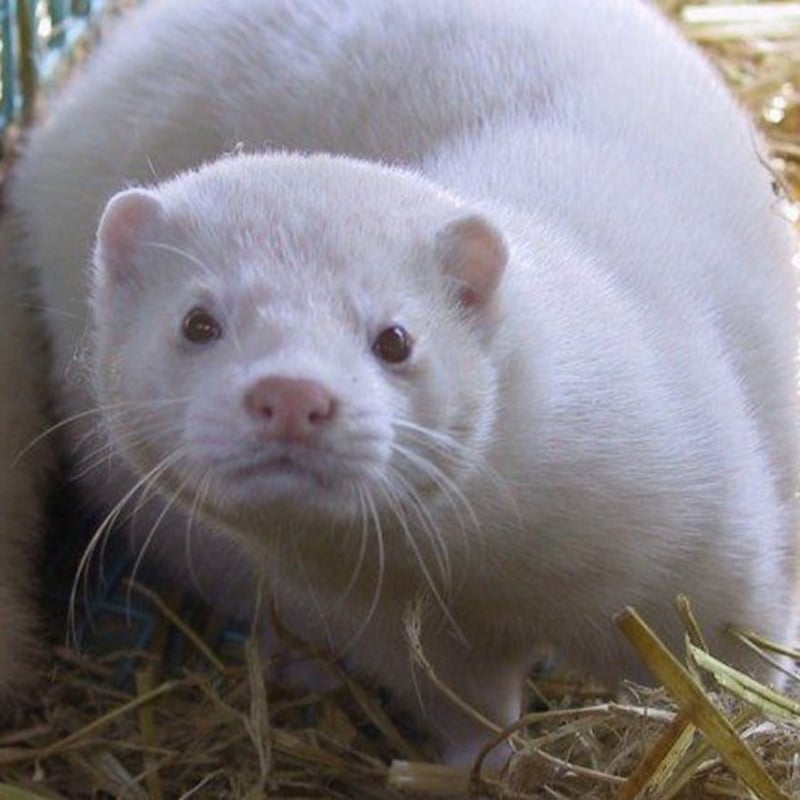FARMING
byproducts and waste management

Fur farming is much older than people think, having first successfully began in the 1800’s. The processes and technologies on the farms have evolved immensely and are utilised in farms across the world. This is important because as well as improving animal welfare and fur quality, it makes the fur farming process more sustainable and environmentally friendly. It also helps to eliminate waste in other areas of industry.
The first important way that the fur production process starts is to feed the animals on the farm food that eliminates waste. Most farmed furbearers (e.g. mink and fox) are carnivores, so what their bodies require most is animal protein. This is something that is in general abundance due to the meat and fish production industries. Unfortunately meat production creates a lot of waste, as there are many parts of the animal that are not marketable to meat and fish consumers. This is a great help to the fur farmer however as this presents them the opportunity to buy this otherwise waste animal protein to the meat in the supermarkets. Often furbearers are fed on this byproduct-protein coming from abattoirs and fish farms, giving a new purpose to material that would otherwise potentially go to waste.
On the other side of fur production, there are materials produced inadvertently such as the scat and the parts of the animal not used for fur.
How waste is dealt with is an important priority for farmers for several reasons:
Governments regulate this very robustly; if handled improperly it could effect the environment negatively.
The health of the animals as well as the farmer and family (many farmers live on their farms) is helped by good management of waste.
Farms, like all businesses, need to have a good relationship with their neighbours and that is not possible when damaging the collective environment.
Waste management can create extra income for farmers if dealt with in the right way.
This last point is important. In the fur trade, we are often asked, “What happens to the rest of the animal?” This is an important question as we feel strongly that whenever possible the materials produced should not be allowed to go to waste.
This is why the fur sector is a leader in terms of byproduct usage, using the remains to extract valuable phosphates for agriculture and fats that are used in such industries as cosmetics production and even cement. The other waste elements including methane producing byproducts are utilised to produce biogas, used in car engines and to drive public transport.




